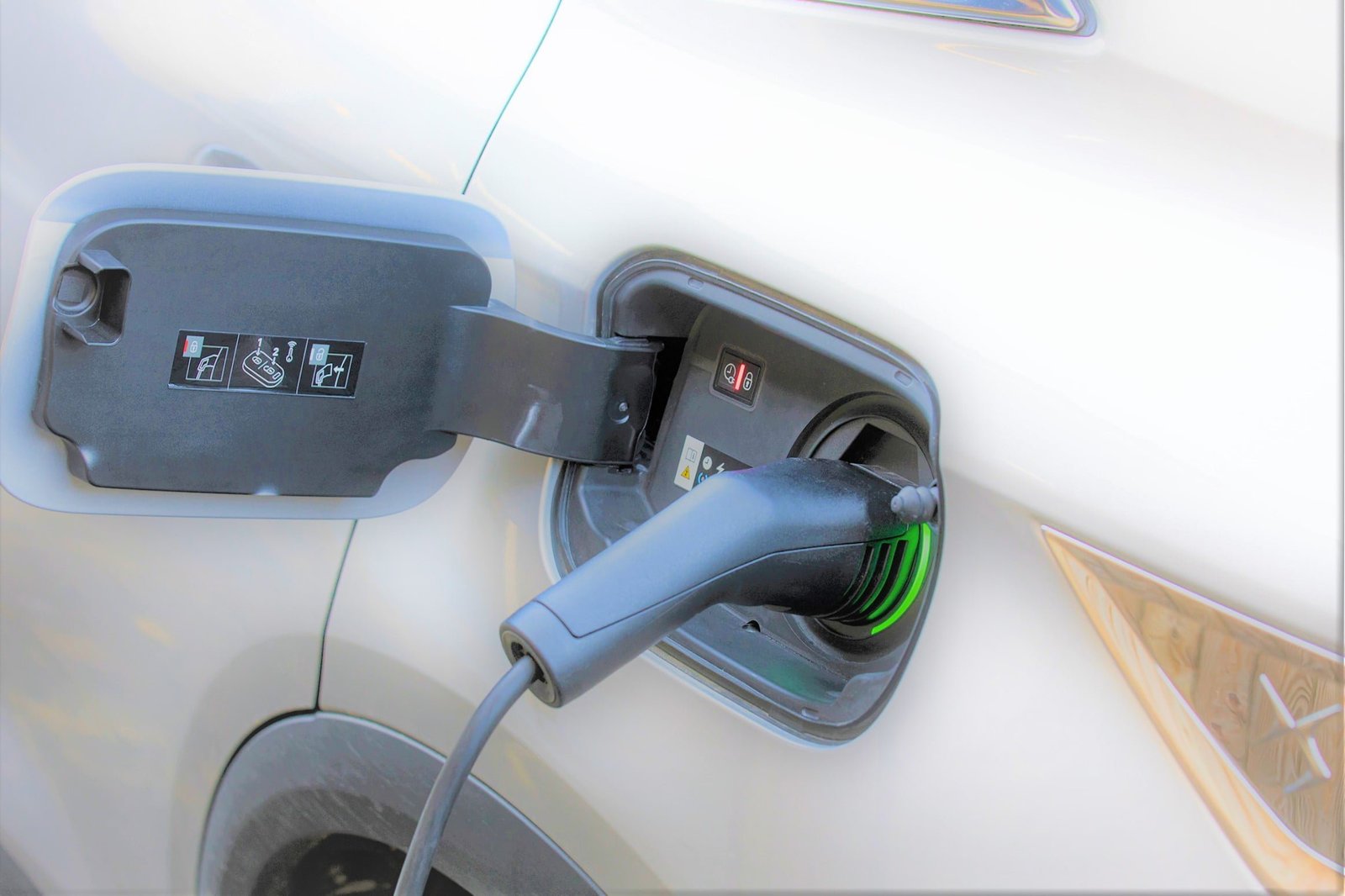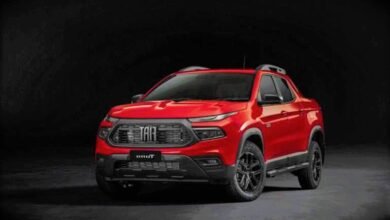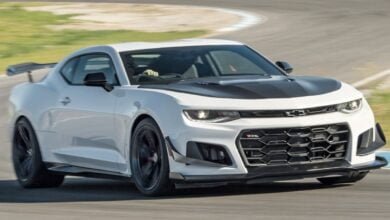Hybrid vs Plug-In Hybrid: Know the Differences
Hybrid vs Plug-In Hybrid: Know the Differences
Hybrid vs. Component Hybrid Hybrid The difference between these two technologies for sustainable mobility still raises some doubts . If you review this statement, continue reading this article and understand what distinguishes these two types of hybrid cars.
Both are considered hybrids , but conventional hybrids (HEVs) are generally referred to as hybrids and PHEVs simply as additives.
Visually, it is not always possible to distinguish a conventional hybrid from a plug-in hybrid. The plug-in design can be located on the body, as well as the electric charging port, which is not present in the traditional hybrid. Inside the car, in the invisible part, you can find the differences.
Hybrid vs Plug-in Hybrid: What sets the technologies apart?
Conventional hybrid technology was the first to appear in the automobile market in a significant way, followed later by the development of plug-in hybrid technology. Both technologies use two engines: a combustion engine and an electric one.
In hybrid vehicles, the combustion engine runs on fossil fuels (diesel or gasoline). The electric motor is powered by a battery specified for this function.
These technologies differ mainly in two points: operation and charging.
Hybrid vs Plug-in Hybrid: Powering and Charging
Both technologies work using a combination of two engines: a combustion engine and an electric one.
In conventional hybrid cars, these electric motors are used as support for the combustion engine. In a way, it can be said that the combustion engine is the main engine and the electric motor is the secondary engine.
The same does not apply to plug-in technology. In PHEVs, the electric motor is used preferentially whenever it is charged. However, it has combustion engine support if the battery is discharged during travel. In short, it’s not possible to ride in 100% electric mode in a conventional hybrid, but it is possible to do so in a plug-in hybrid mode.

As for charging, in conventional hybrid cars, the battery that powers the electric motor can only be charged by the car itself, when it is running. Charging is done while braking or decelerating.
In plug-in hybrid models, charging is possible in two ways: while the vehicle is running or through an external source.
There is a common element between the two technologies in this hybrid versus plug- in battle : the regenerative braking system. This is used to charge the running vehicle.
هذه المقالة متاحة أيضًا بـ: العربية (Arabic) 日本語 (Japanese)









